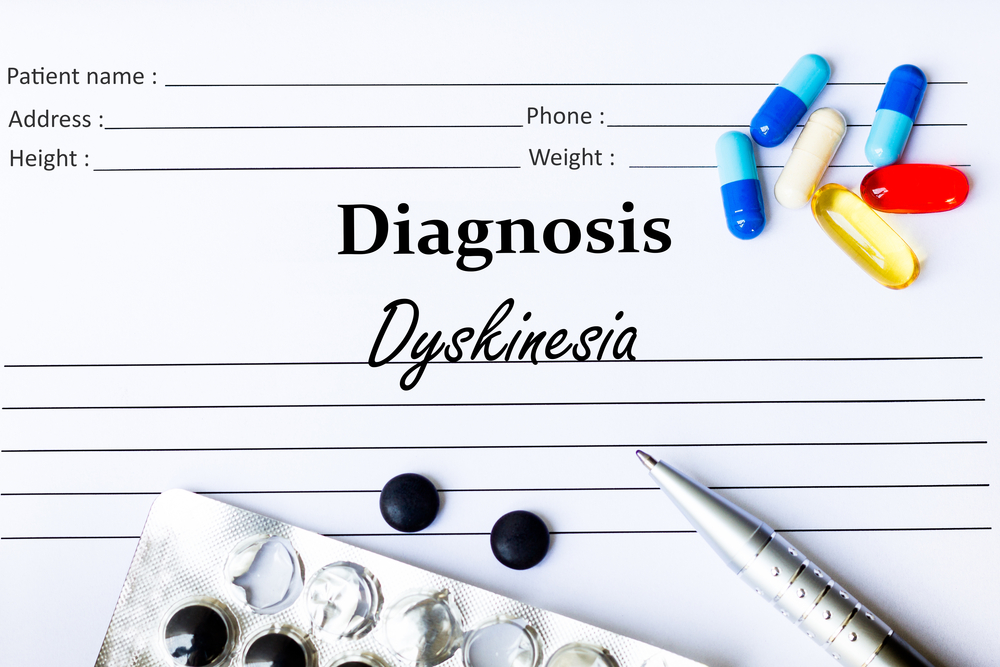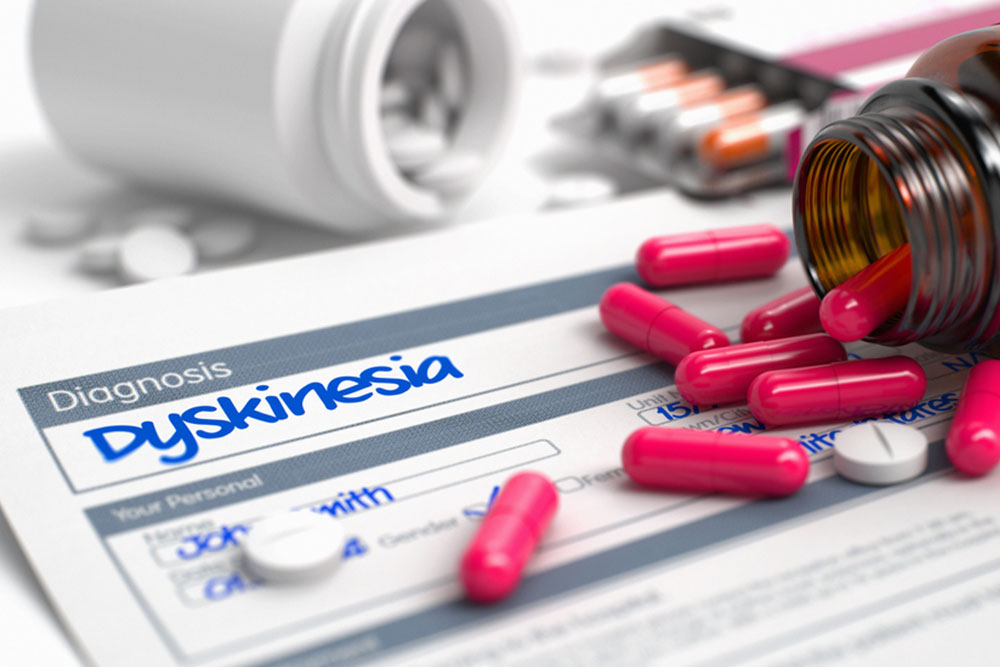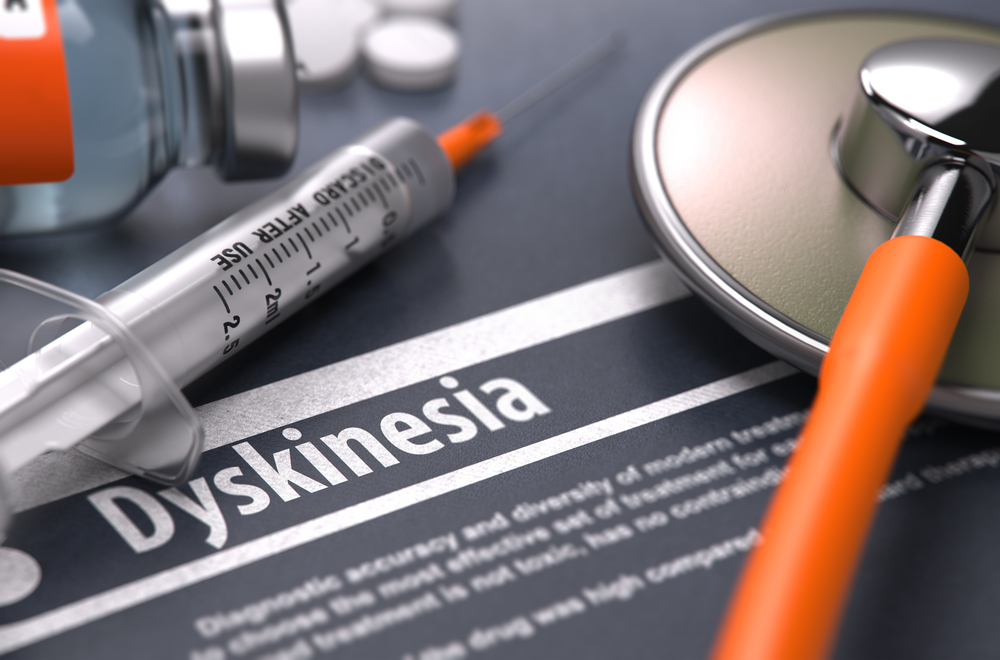Comprehensive Overview of How Dyskinesia Affects Parkinson’s Disease Treatment and Patient Well-being
This comprehensive article explores how dyskinesia impacts those with Parkinson’s disease, discussing its causes, symptoms, and the latest management strategies. It emphasizes the importance of personalized treatment plans, medication adjustments, and innovative therapies such as deep brain stimulation to improve quality of life. Perfect for patients, caregivers, and healthcare professionals seeking detailed insights into Parkinson’s-related dyskinesia and its effective management.

Understanding the Impact of Dyskinesia on People Living with Parkinson’s Disease
Dyskinesia is characterized by involuntary, often unpredictable movements that can manifest in various degrees, from subtle twitches to intense muscular contractions. These abnormal motor symptoms are a common complication in Parkinson’s disease and can significantly interfere with daily activities and overall quality of life. The involuntary movements typically involve different muscle groups, including facial muscles, limbs, and trunk, leading to a wide range of physical discomforts and functional limitations.
What causes dyskinesia in Parkinson’s patients?
The primary cause of dyskinesia is linked to the neurochemical changes resulting from Parkinson’s pathology, especially the depletion of dopamine levels in the brain. Since dopamine is essential for smooth, controlled movements, its deficiency results in impaired motor regulation. Additionally, other neurotransmitters such as serotonin and glutamine also play roles in the complex neural pathways involved in movement control. The imbalance in these chemicals disrupts normal neuromuscular functions, leading to the involuntary movements characteristic of dyskinesia.
These motor disturbances are primarily caused by fluctuations in dopamine levels, especially as a consequence of long-term use of Parkinson’s medications. As the disease progresses, the brain’s ability to regulate neurotransmitter levels diminishes, making symptoms like dyskinesia more prominent.
Strategies for managing dyskinesia in Parkinson’s disease
Since Parkinson’s disease is a progressive neurological disorder, symptoms such as dyskinesia tend to worsen over time, posing ongoing challenges for patients and healthcare providers. Management of dyskinesia focuses on a combination of pharmacological and non-pharmacological approaches aimed at optimizing motor control while minimizing medication side effects.
Pharmacotherapy is the cornerstone of dyskinesia management. Levodopa remains the primary medication for controlling Parkinson’s symptoms, but its long-term use can lead to motor fluctuations, including dyskinesia. To address this, physicians often adjust medication regimens by reducing levodopa doses or timing doses to avoid peak plasma concentrations associated with involuntary movements. Combining levodopa with other drugs, like entacapone or dopamine agonists, can help smooth out motor fluctuations.
Additional medications such as amantadine are frequently prescribed to reduce the severity of dyskinesia. Amantadine acts by modulating glutamatergic activity, which can help stabilize dopamine levels and decrease involuntary movements. Other interventions, including deep brain stimulation (DBS), have shown promise for severe cases, offering electrical modulation of brain activity to restore motor control.
Beyond medication adjustments, lifestyle modifications, physical therapy, and occupational therapy can support patients in managing symptoms more effectively. Regular monitoring and personalized treatment plans are essential for balancing symptom control with medication side effects, ultimately improving patients’ quality of life.
In summary, while dyskinesia presents a significant challenge in the management of Parkinson’s disease, advances in pharmacology and neuromodulation therapies provide hope for better symptom control and improved patient outcomes. Ongoing research continues to explore novel therapies that can mitigate involuntary movements while preserving mobility and independence for those affected.





